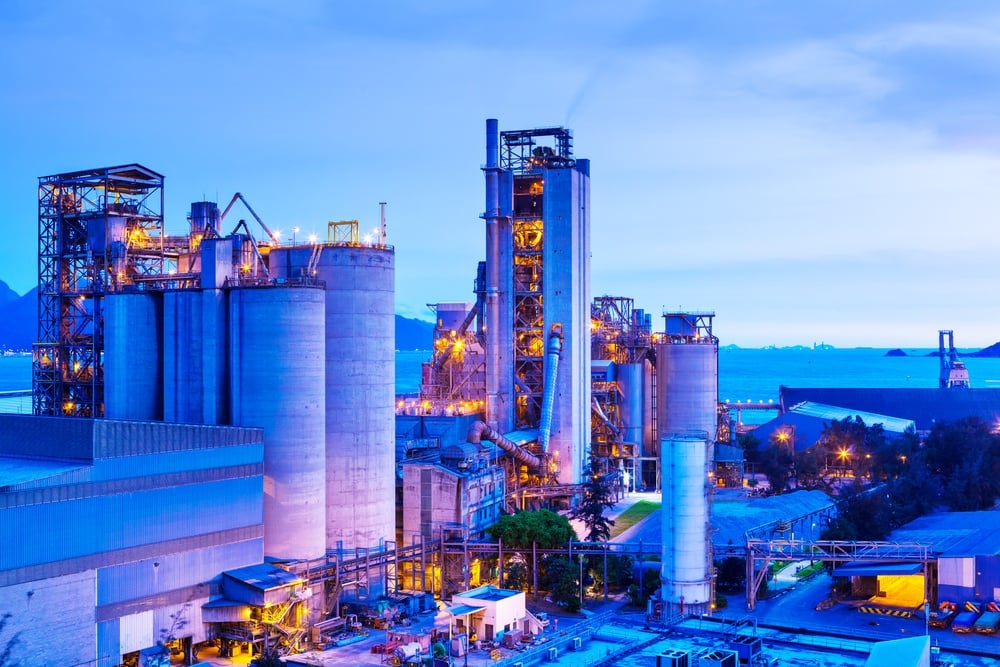In the year 2020, upheaval would have been the phrase that best described the chemical and performance technology sector, says Kaushik Palicha. Manufacturers of disinfectants and diagnostic tools are two examples of businesses that experienced growth, whilst others who were subjected to the automobile, refining, and construction end sectors, to mention a few, faltered. However, both scenarios led to significant disruption, whether businesses were preparing for unexpected demand increases or were simply trying to survive.
In just one year, so much has changed. The tried-and-true methods of the past are no longer effective. The epidemic dramatically expedited transformation projects and exposed industrial shortcomings. The crucial anchor for organizations as they sailed unfamiliar waters was digital transformation.
The trends that may affect the chemical industry shortly may be of interest to many readers of this newsletter. A couple of these trends are summarized in this article along with various viewpoints on their applicability.
Challenges
Since its inception, the chemical industry has been diversified and dispersed. Basic chemicals, resins/synthetic rubber/fibers, petrochemicals, plastics/polymers, agrichemicals, medicines, biochemicals, paint/coatings/adhesives, cleaning/toiletries, instrumentation/lab equipment, and many other industry groups are included in this sector. Kaushik Palicha mentioned that although some of the items are vivid and have room to grow, others are more developed. But as legislative standards rise, new compounds come under more examination, and getting them approved costs greater time and resources.
The importance of basic research has declined for many big American corporations. Product innovation frequently takes place incrementally and has a short-term emphasis. The fact that many inventions occur in academic settings, setups, and local companies is advantageous in this regard.
Additionally, the chemistry industry is affected by a variety of forces as a result of the shifting times we live in. At the moment, supply chain issues and rising prices are plaguing the world economy. Not exactly reassuring is the conflict in Ukraine as well as the Covid-related confinement in China. Companies are reconsidering where to get their goods and stockpiling inventories, according to the New York Times, even though this results in less efficiency and higher costs.
Businesses have the challenging task of protecting profits and cash flow. Cutting costs and increasing prices without affecting sales volumes are two possible techniques.
Sustainability’s Effects
According to Kaushik Palicha, Sustainability development is a key trend in the chemistry industry. The chemical industry may significantly contribute to sustainability through creative substance invention, processing, use, and disposal. Certainly, incorporating the 12 tenets of green chemistry into chemical processes and reactions should be beneficial.
The chemical industry is adopting more and more sustainable practices, and numerous significant businesses have stated their sustainability objectives. The difficulty of disposing of plastics, the inadequate digital changes, and the complexity of supply chains are some challenges that the industry must overcome. GHG emissions are one illustration, according to C&EN. Up and down the value chain, customers of the chemical industry are calling for carbon reduction
Expanding Sectors
Basic materials will increase by 4.3% in 2022, with bulk petrochemical products and organics (4.6%), plastic resins (4.4%), and inorganic chemicals (4.4%) showing the highest increases. Strong demand and restocking will drive a 6.2% increase in specialty chemicals production in 2022.
Sustainability (such as GHG reduction, mandates for electric vehicles, alternative energy sources and fuels, bio-based materials, and waste management), sustained drug and agribusiness growth, and inventive aspects in printing technology, life sciences, nanofabrication, composite manufacturing, catalysis, quantum computing, electronics, artificial intelligence (AI), and digitization have all been mentioned as regions of growth in the coming years by multiple sources.
International and Domestic Growth
The chemical market had significant players in the United States, Europe, and Japan before 2000. Asia has become a more significant chemical actor in recent years. Statista estimates that there were 119 million chemical production jobs worldwide in 2017. Asia Pacific (83 million) outnumbered all other regions, with Europe (19 million), North America (6 million), Latin America and the Caribbean (6 million), Africa, and the Middle East following closely behind (5 million). China alone accounted for more than 30% of global chemical supply and demand in 2020.
In contrast to the 1990s and 2000s, when global trade and commerce grew and thrived, the pace slowed in the 2010s. The supply chain has changed recently as a result of the epidemic and the conflict in Ukraine, with increased inventory, dual sourcing, and longer-term contracts. To become more robust, several governments and companies choose to bring their production facilities back home. Particularly in the US, the UK, Europe, and several Asian nations, this is taking place. The phenomenon of “reshoring” was recognized to have the potential to affect 25% of global exports starting in 2025, and the workforce requirements will shift as a result.
In conclusion
There is a decent chunk of concern about the future because of rising prices, the worry about a downturn, issues with the supply chain, the cost of petroleum, and shifts in international commerce. The U.S. chemical sector is fundamentally robust, though, so overall, things should be under control in the next few years. Innovation is essential to achieving future growth, as always. It is crucial to assist them in turning the findings into innovations because there is no shortage of creative scientists and exciting research in chemistry, says Kaushik Palicha. Due to the importance of the chemical sector to the chemical sector, relationships and alliances between business, academia, and administration must be sustained and promoted. Growing industrial staff participation in academic and professional endeavors will also be advantageous.
